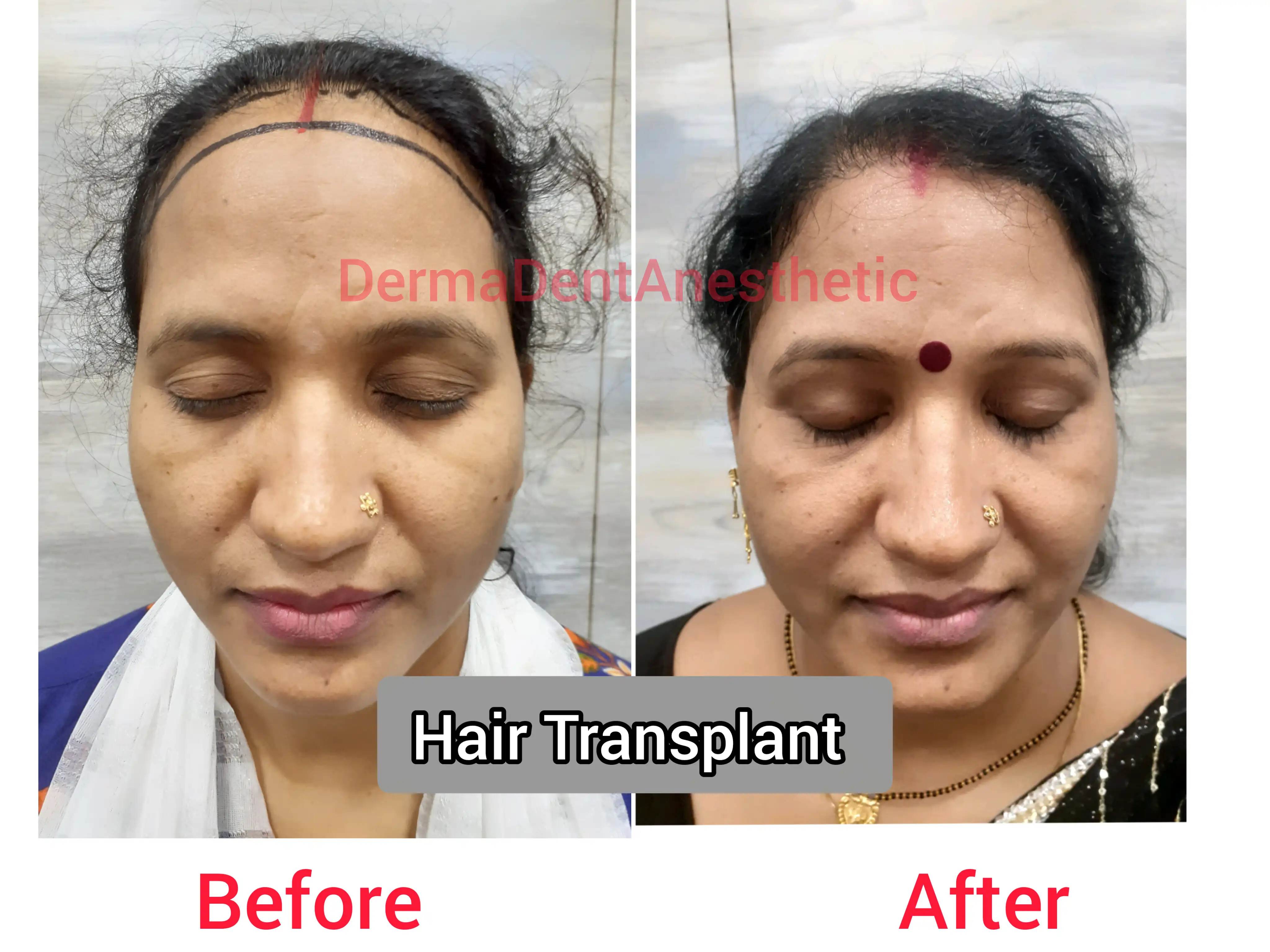Hair-Transplant-in-Women

Hair Transplant in Women
Hair Transplant in Women
A hair transplant is a surgical technique where hair is moved from one part of the scalp (where hair is thick) to another part (where hair is thin or missing). This is commonly done in men, but many women also need it due to different causes of hair loss.
What's Included
Why Do Women Lose Hair?
- Hormonal changes – during pregnancy, menopause, or due to PCOS
- Stress or illness – physical or emotional stress can cause shedding
- Genetics – some women inherit hair thinning (like from their parents)
- Hairstyles – tight ponytails or braids can damage hair (called traction alopecia)
- Nutritional issues – like low iron or vitamins
Let’s understand some common reasons:
How Does the Procedure Work?
- Consultation – The doctor checks the hair condition and finds the cause.
- Donor Area Selection – Usually, the back of the head has strong hair. That area is chosen as the donor.
- Extraction – Healthy hair follicles are removed gently using tools (mostly using a method called FUE – Follicular Unit Extraction).
- Implantation – Those hairs are then implanted into thin or bald areas, especially on the front hairline or crown.
- After some months, these hairs start growing naturally!
Let’s break it down into 4 steps:
Benefits of Hair Transplant for Women
- Looks completely natural – your own hair!
- Permanent results
- Helps in restoring confidence
- Works even in scarred areas or after injury
Important to Know
- Not all women are suitable. A proper diagnosis is important.
- It's a safe procedure when done by an experienced surgeon.
- New hair takes 3–6 months to grow, and full results appear in 9–12 months.
Summary
-
A Women Hair Transplant is a safe and permanent way to fix hair loss using your own hair. With the right care and the right doctor, it can bring back your natural look and confidence.
Medicine Use Disclaimer: Do not self-prescribe or start any medication or topical treatment without consulting a qualified doctor. Improper use can lead to side effects, resistance, or complications. Always follow professional medical advice.

